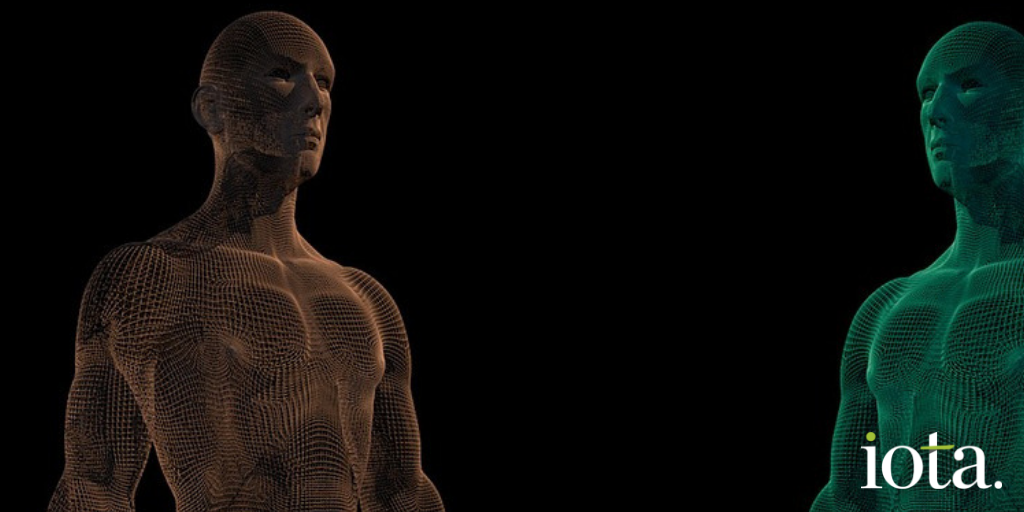The Role of Translation Technology
In the past few years we’ve been inundated with articles telling us that machine translation will soon render human translators extinct, and that developers can localize their products using nothing more than a simple software add-in. Search engine results would have us believe that the localization process can be fully automated using one of the many SaaS tools that dominate the paid listings of any seemingly unrelated Google search.
Few people are taken in by the extreme versions of the machine versus human hype, but the general noise does tend to muddy the waters and feed unrealistic expectations. Like many similar debates – the truth lies somewhere in the middle.
If you’re working directly within the technology or software industry, it’s natural that you’ll lean heavily towards a technical solution to any challenges you face. But sometimes it’s important to take a step back and consider whether a more effective solution is one based on humans who use technology as an enabler, rather than taking a pure-play technology approach.
Recent developments in machine translation (MT) mean that it can be a valid option for translating certain types of content very quickly and inexpensively. However, to gain any real benefit from the technology the volume of translation you push through it needs to be significant. And despite advancements in quality – MT still can’t deliver human quality translations, at least not without a lot of human post-editing. This makes it unsuitable for virtually any type of creative or marketing content where context and nuance is key. One use-case where MT can add real value is in live chat and support, where near real-time translation is required and quality isn’t the priority.
Software tools that claim to fully automate the product localization process are equally flawed in practise. In a simple, controlled environment they can work great – but can you think back to any software development project you’ve worked on that was entirely simple and controlled? No. Innovation tends to be fast-moving, sometimes unpredictable, and invariably challenging.
Which is why it’s wise to be wary of anyone who tries to tell you there’s a totally pain-free of doing things using software alone.
At Iota we prefer to take a hybrid approach, where we choose the best technologies that enhance and complement human skills. We use technology that can optimize workflow and increase productivity, reduce repetitive actions and their associated costs, and improve quality and consistency across a brand’s assets.
In practise, this means we have access to a portfolio of connectors that integrate our in-house translation systems with a wide range of popular third part products and technologies that our clients use. These range from Github and WordPress through to marketing automation products and support solutions like Hubspot and Zendesk. The list of available integrations is vast.
We use a handful of specific translation technologies internally and utilize their in-built translation memory tools. However, we often work directly within our customers’ own translation management systems (TMS) – believing that it’s down to us to fit into the ecosystem that our customer prefers, rather than imposing a rigid workflow that might not be the best fit in all cases. We have experienced engineers who build bespoke tools to optimize the localization process and enable us to work directly with a much wider range of file types and formats than any off-the-shelf product ever could.
From a linguistic perspective, we focus on human translation – working with only hand-selected native speakers who have appropriate subject matter knowledge. Professional linguists who can demonstrate the subtlety, nuance and skill to translate content effectively and with cultural awareness.
We choose engineers and project managers who can apply themselves to solving the localization challenges that aren’t easily fixed using machine logic.
We don’t routinely use machine translation, but have access to multiple MT engines if a project calls for them.
The bottom line is that we build solutions based on delivery of the very best outcome, rather than blind faith in a rigid approach. And we find the best outcomes generally come from the very best humans – enabled by the very best technology.
If you’re interested in talking about a solution to your localization challenges, get in touch and we’ll be happy to help.



